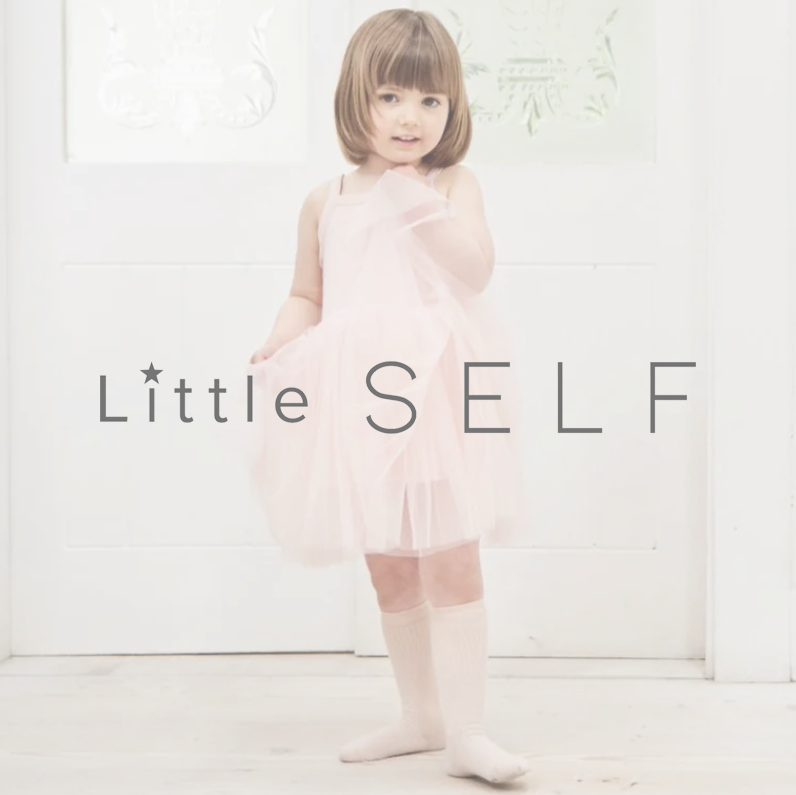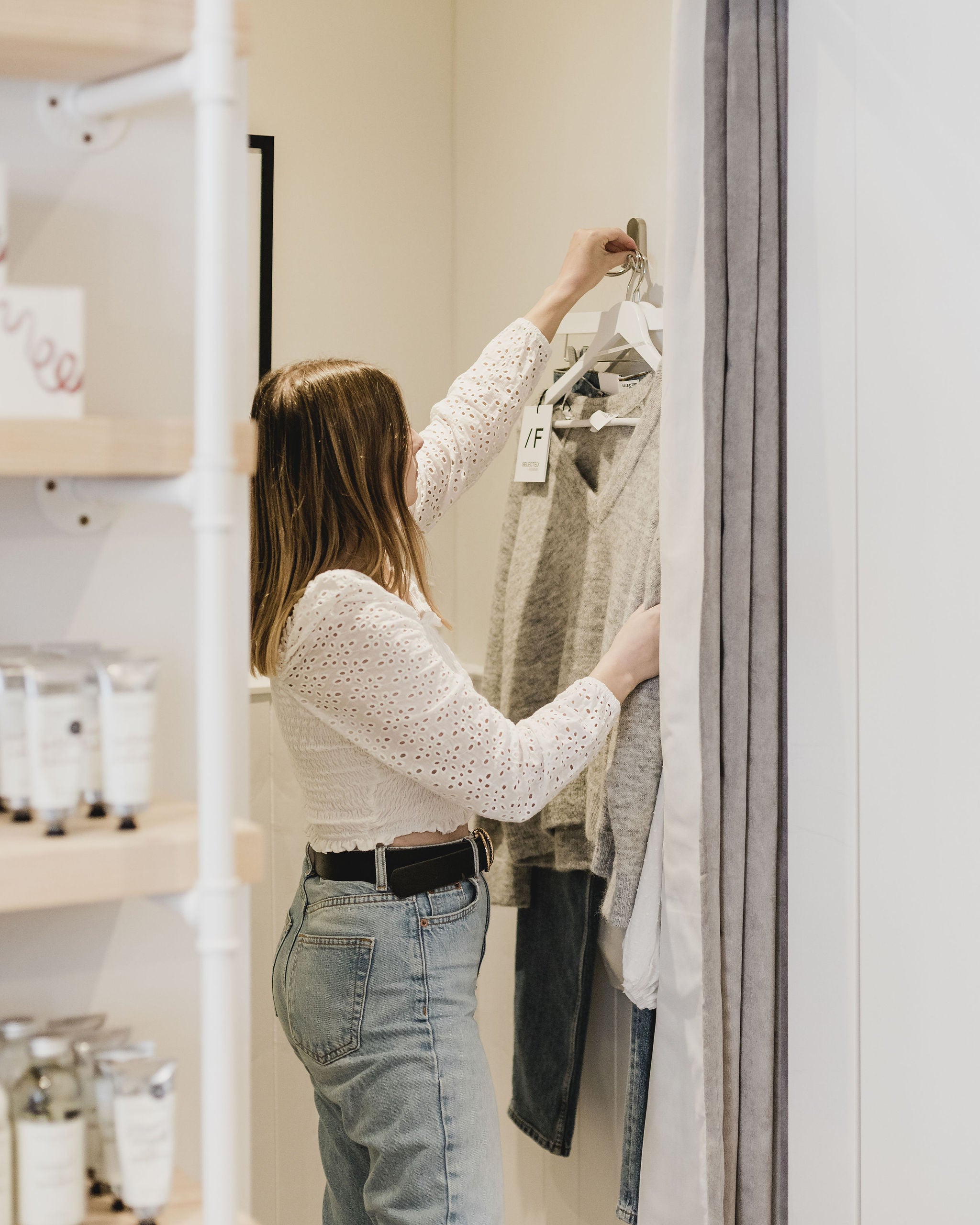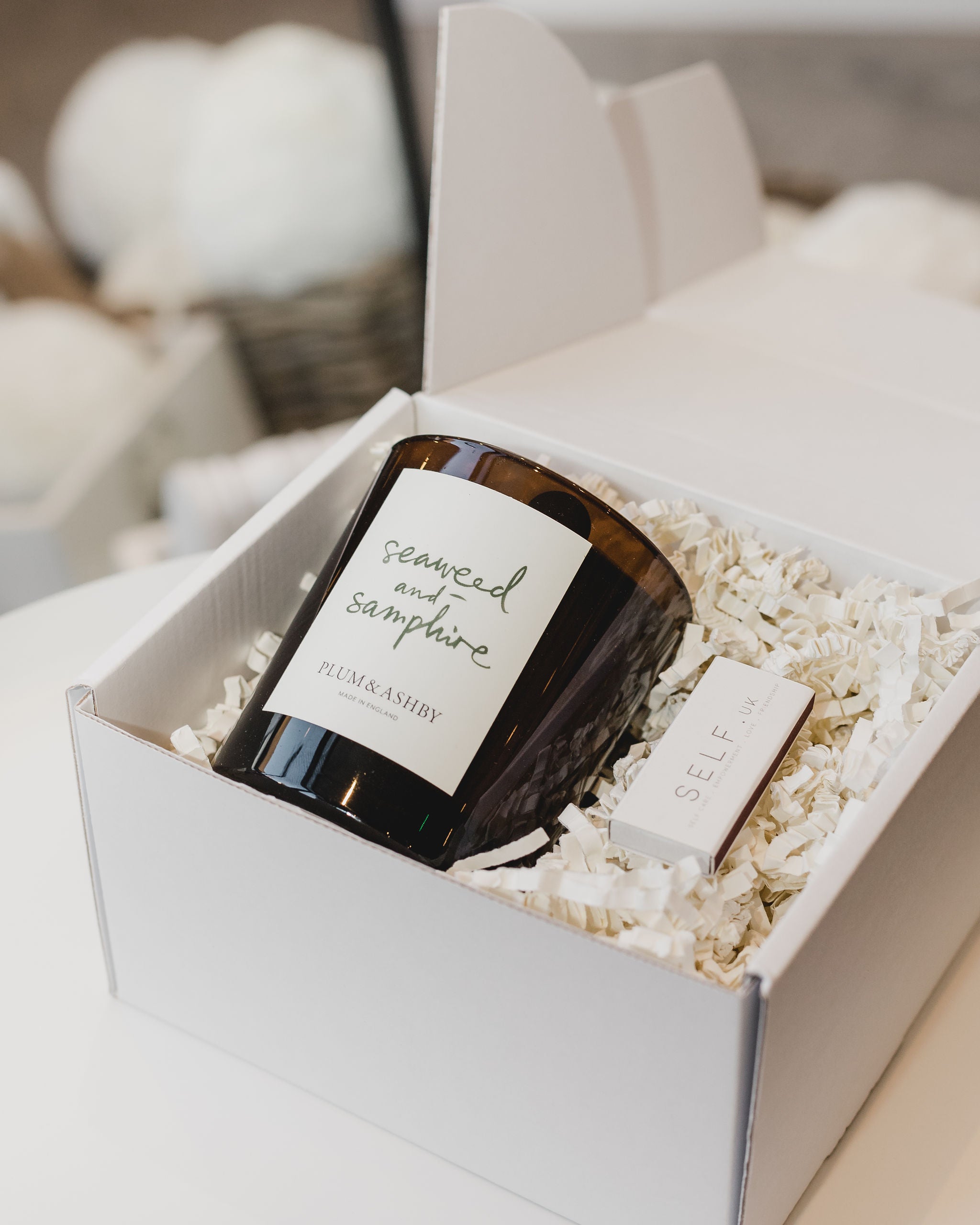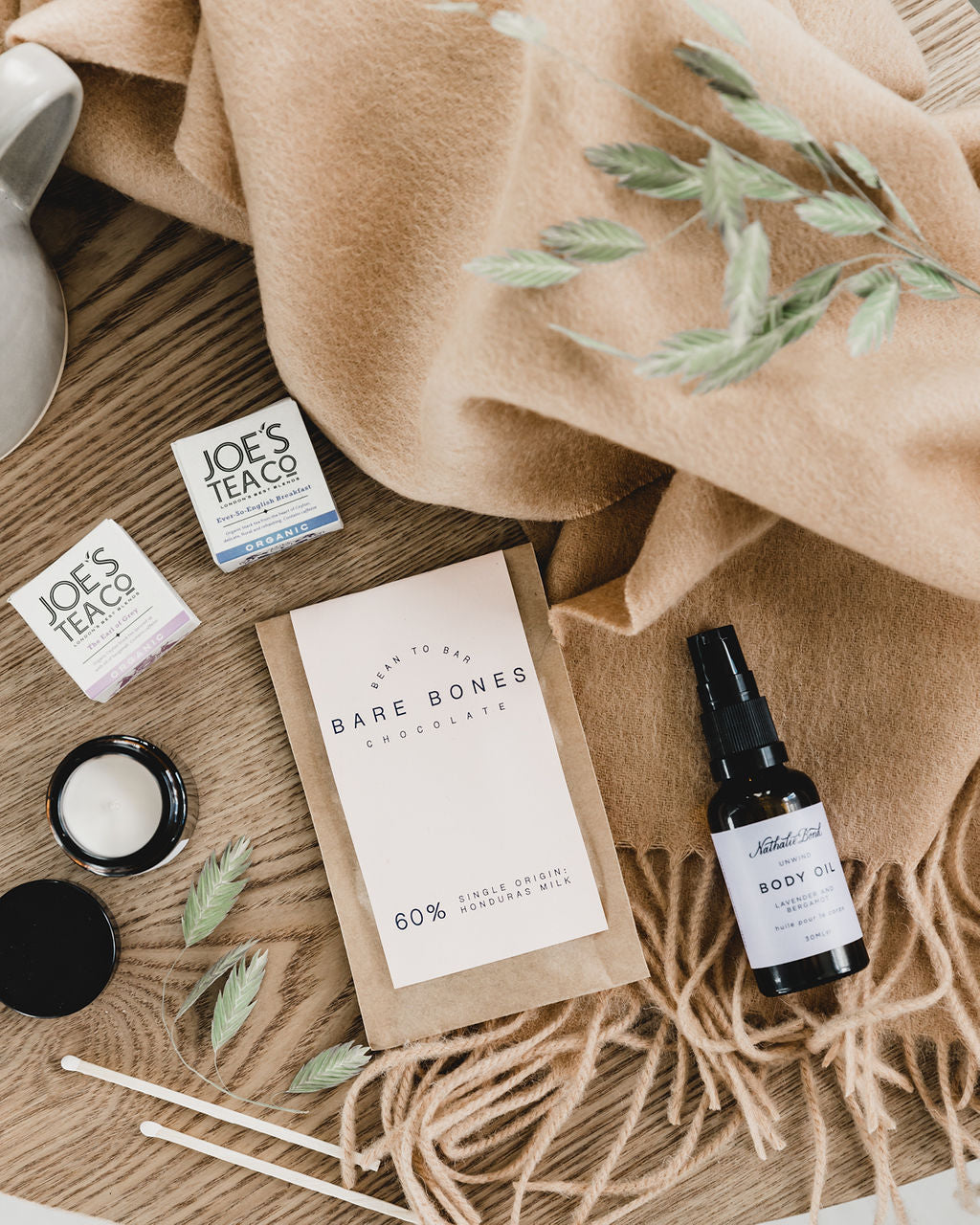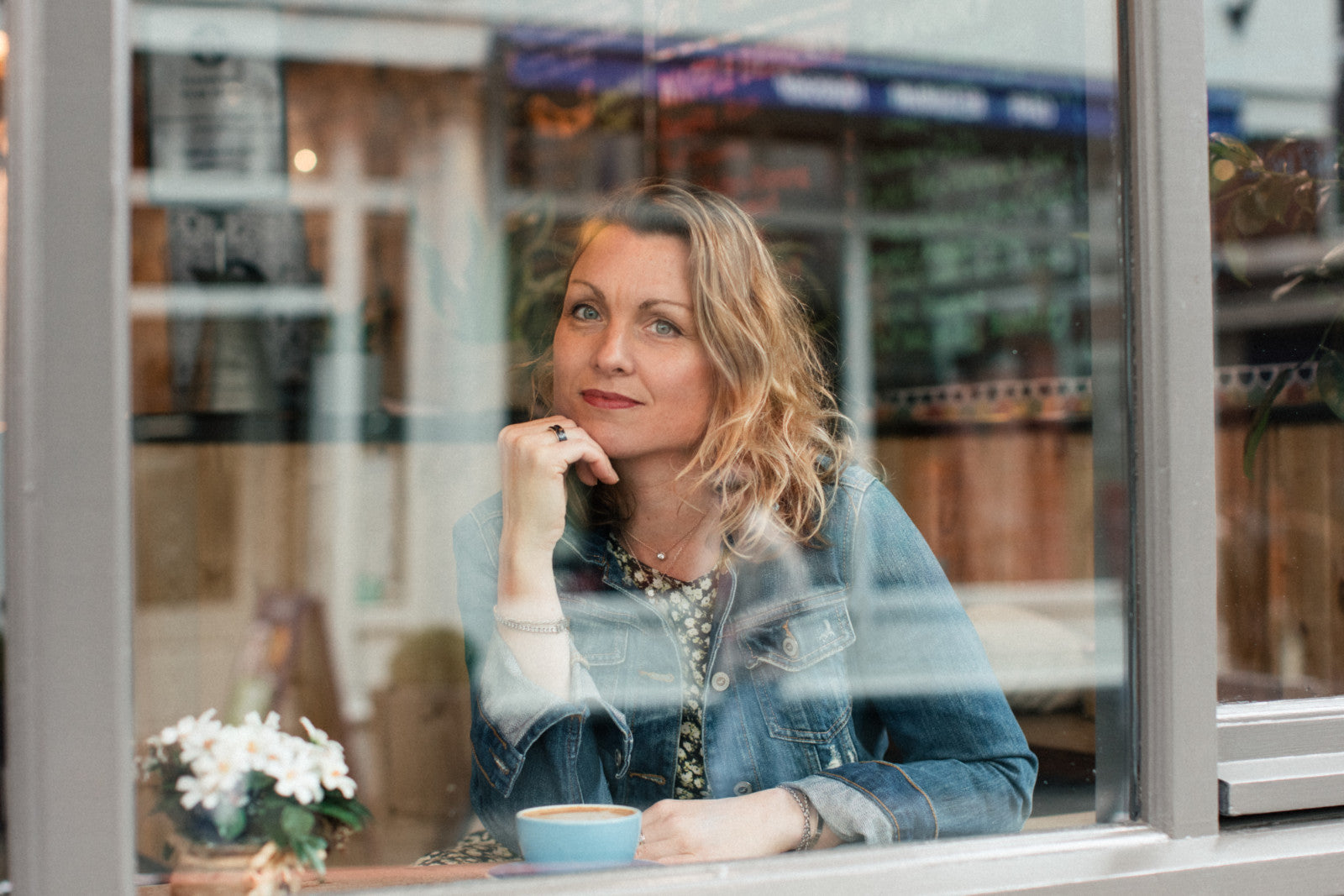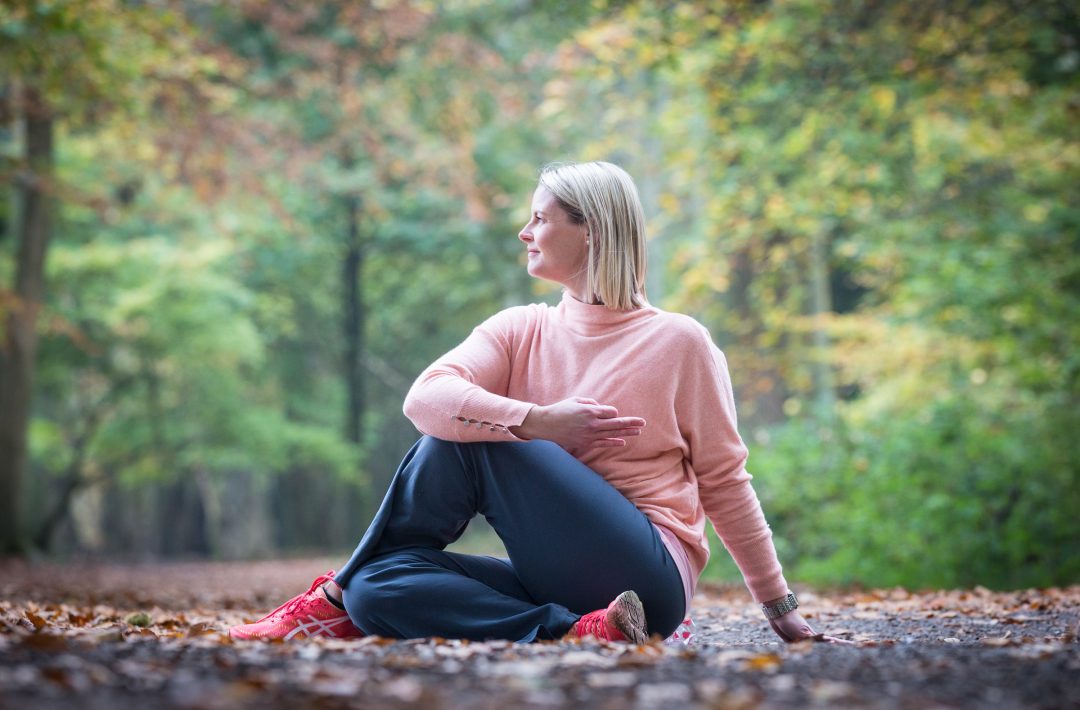
Movement for our Mental Health with Suzy Reading
I am thrilled that the theme for this year’s World Mental Health Day is
‘Movement for Mental Health’. I’ve been honing my mood boosting movement toolkit for years and I’m so happy that awareness about the mental health boosting potential of movement is finally being more widely recognised. As a chartered psychologist, yoga teacher and personal trainer, you can see why this theme feels of deep personal resonance.
My passion is drawing these modalities together, encompassing the head, the heart and the body, to support people through stress, loss and change, empowering people with strategies to manage their energy and their emotions. I also have a special interest in helping people commit to sustainable healthy habits, so what I will be sharing with you in this blog is anchored in not only what’s effective but also realistic and do-able.

"and I hope you noticed I used the word REST!"
We all know that we should be moving more, sitting less and generally leading a more active lifestyle, but let’s be honest, it is another thing to make it happen. If you find it hard, please don’t worry, let’s give ourselves permission to be human, but there are approaches we can take that will make a difference. The weather can play a part; during colder seasons it is totally normal to feel an impulse to hibernate or when the weather is inclement exercise often falls to the bottom of our to do list. Seasons of life can have an impact on our movement too. Life often gets in the way even when things are smooth, but especially in the midst of challenging times, it can be difficult to meet our daily movement quota – rest assured, I have some solutions for you today – and I hope you noticed I used the word REST!
No matter where you are at with your levels of physical activity, be that very active, not active at all, or anywhere in between, I have some inspiration and strategies for everyone. But before we dive in, I’d like to invite you to pause for reflection, because what we tell ourselves can have a huge impact on our choices. So let’s take a look, do we need to navigate some obstacles when it comes to exercise? Please consider the following:
When you think of exercise or movement, what thoughts judgements or associations come to mind?
How do you feel about movement itself?
How do you feel about your ability when it comes to exercise?
Please make a note of any self-limiting beliefs that need a little unpicking and I hope that in sharing a little bit more about my personal journey with movement, it may help you think more broadly about how movement can promote better mental and physical health…
"Please know it is never too late!"
Movement has always been an important part of my life and inspiring people to move is a passion of mine. In my early childhood, going out for walks on the local headland was a way of connecting with my brothers who are twins and 9 years older than me; growing up with that age difference made it challenging to find common interests, but that walk provided us with shared experiences without necessarily needing to talk and being in Nature’s beauty gave us something to talk about.
Through my teens I was a competitive figure skater, where movement was a creative outlet, and a treasured source of self-expression.
I worked for a decade in my twenties as a personal trainer and health coach, teaching 1:1 and group classes.
During this chapter I enjoyed my own resistance training, and I loved the sense of empowerment and strength this cultivated - and now my perimenopausal body is very grateful for that solid foundation I built in that decade - please know it is never too late!

When I became a mum at the same time as losing my father gradually to motor neurone disease, yoga was the ‘movement’ that I turned to. I used to roll out my mat AND HAVE A SLEEP ON IT.
If you haven’t come across restorative yoga, please can I recommend you give it a go. As my energy levels returned, I used gentle fluid yoga movement as a form of emotional digestion, helping me restore, soothe my nervous system and process my experiences. Movement can be profoundly healing in our grief journey, during life transitions like becoming a parent. And now that my kids are older and sleep has largely returned, I’m enjoying my running (which is more like a plod) for a sense of escapism and stress relief, I feel like it’s a powerful gateway to relaxation. It’s the perfect set up for the book I’m writing … a short run helps me feel alive, gets the creative juices flowing, I do a few hours of writing and then “procrastinate” with a gentle afternoon walk which I either use to nut out a problem or give myself a mental break from work – either way, when I get back to my computer, movement always manages to tap into resourcefulness and the answers seem to come more easily after that walk. And when my arthritis flares up and running is off the menu, its back to yoga I go. We need a broad toolkit from which to draw, because our needs and capacities are ever changing.
Professionally, one of the most rewarding chapters of my career was teaching a weekly mummy and baby yoga class – the community that class created was so life-giving and I still feel like I know half the kids in my hometown.
And my favourite way of supporting people as a psychologist is not sat in a consulting room sat opposite each other, I love taking my clients for walks and talks where conversation flows easier, there’s a sense of shared humanity and movement again helps us find creative responses to life’s challenges – a strategy I use with my teen too.
There are so many different ways we can use movement to support us in our lives. That’s the approach I want to share with you: how we can use movement to help us through our day. I hope you find that refreshing and intriguing. Its not about sport or exercise necessarily. It’s certainly not about atonement or punishment or pushing yourself really hard (unless you want to) or doing something you don’t want to do. You don’t have to be good at it to get benefits!
It’s having a practical toolkit of intrinsically enjoyable movement that will help you navigate your day. I hope that sounds good to you!
What is healthy movement?
Before we form our plan of action, we need to understand what healthy movement is...
The national guidelines on healthy movement are that we should be engaging in:
150 mins of aerobic exercise weekly. This is exercise where we get the blood pumping, like walking, jogging, HIIT classes. Ideally we want to aim for 30 mins daily but this doesn’t need to be all in one go. Exercise has a cumulative benefit so 5 mins here and there all adds up, or you can do two longer sessions on the weekend. Whatever works for you.
2 days per week of resistance or strength training – this can be with weights or just using your own body weight.
If this feels like an overwhelming target, or if you’re not doing anywhere near this much, please don’t worry. Notice I use the term movement, rather than exercise, because any movement counts. It needn’t be the gym, sport, or organised fitness, it doesn’t even have to be anything taxing. It can be gentle, it can be restorative, it can be activity that is common place in your day:
From this perspective, it recognises all the things you are already doing.
All these activities count:
Hoovering
Dusting
Blitzing the bathroom
Cleaning the windows
DIY
Gardening
Cleaning the car
Having a kitchen disco
Walking the dog
Kicking a ball with your kids.
Folding the washing
Standing at the ironing board
Doing the dishes
Making the beds
Making mash
Taking the stairs
Yoga
Pilates
Gym
Cycling
Swimming
Weights
If you like, take a moment to jot down all the ways you are already moving in your day or things that you will add to get your movement quota up. You could add things you would like to try in the future too.
How do we commit to a daily movement habit?
The best place to start is to connect with your personal motivation. Let’s be clear, I don’t expect you to care about exercise, but you do care about what exercise facilitates in your life – this is the stuff that galvanises us to do things differently.
Let’s see what the research tells us about the health benefits of movement. As you read through this, please note the things that you find personally resonant – the juicy stuff that matters to you.
Research round up: What are the mental health benefits of movement?
I think this is an interesting question because can we ever truly tease apart mind and body – think about how you feel when you have a tummy bug – its not just your stomach and digestion that’s affected, we also tend to feel anxious and a bit blue when we’re physically unwell, so the physical benefits of movement are also likely to have a mood boosting element too.
Movement develops our strength, stamina and cardio vascular health – giving us energy and helping us more effectively manage the demands of our day.
Movement helps us regulate our weight and the link between our relationship with our body and self-esteem is an obvious one.
Movement can help increase our flexibility and reduce inflammation, pain and tension which we know contribute to our mood – it’s hard not to be grinchy when we’re feeling tight or when we’re in pain!
We need movement to support our lymphatic system and circulatory system, helping promote healing and cellular renewal.
Research also shows that movement has a direct benefit to our mental health – it has a potent anti-depressant effect, we know it alleviates SAD, and it changes activation in brain to dial down rumination.
It’s not just effective for treating depression, new research shows that movement also has a preventative effect, reducing the risk of developing depression in the future.
Movement also increases circulation to the brain, and boosts neuroplasticity.
Promotes better sleep which is fundamental to thinking and feeling well.
Aids digestion and elimination – not just physical – it allows for an emotional release.
Builds our mindfulness muscles, our connection with ourselves.
Boosts our creativity and is an outlet for self-expression.
Provides an opportunity for social connection which can alleviate loneliness and boost our mood.
Reflecting on this research, what speaks to you? What do you find motivating? Is it mental clarity, problem solving ability, your ability to be present, managing your mood, a bit of cathartic release of stress or your emotions, is it creating physical change, longevity, sleep, role modelling health behaviour for your kids? Jot it down. Then let’s take this one step further and connect with your values. This will help you get crystal clear on why you might want to embark on any lifestyle change or any change in life in general:
Identify one role you play in life that is really important to you –it can be in the workplace, at home, as a parent, partner, child, sibling, friend, leader, in the community. Choose one and write it down.
What qualities do you want to model in this role? How do you want to be experienced? What do you want to bring to that role?
How does your wellbeing impact on your ability to show up in this role as you aspire to? Write down three reasons why your wellbeing is important to you? Why are you up for moving more, or making other healthy changes?
I hope this also helps you dial down guilt about taking time for yourself. We need to give ourselves permission to engage in nourishing activities – its ok! Guilt is a tenacious creature so keep coming back to your WHY. Without our health, what do we have?
Practical movement inspiration:
Rather than thinking about sport or exercise, think about how you can use movement to prepare you for or restore you from the events in your day. There is movement that gives you an energy boost, movement that helps you focus or gives you confidence before an important meeting and other rituals calm you and prepare you for sleep. For simple ways to weave purposeful movement into your day, pick up a copy of my book Sit to Get Fit. I’d like to share with you my favourite practice for lifting my mood: Mountain Breath, and for other ideas to use throughout your day, see the infographic below.
Mountain Breath: Movement to boost your mood
Greet the day with zest by taking 10 Mountain Breaths. Stand tall with your feet hip width apart, arms down by your sides and your gaze forwards. Notice how it feels to be standing, the sensation of your feet against the floor, the strength of your legs and core, the elongation of your spine and the buoyancy of your head. Now begin moving with your breath, where you will breathe in and out through your nose unless you are congested. On your next inhalation slowly raise your arms out to your sides and up above your head, looking up to your hands, palms touching when you finish breathing in. Allow a tiny pause here and then enjoy a long, slow exhalation, gazing forwards again, palms reaching your outer thighs when you are ready to finish breathing out. Repeat this mindful movement in time with your breath 5 to 10 times. Feel how this sequence helps you lift more effortlessly into good posture and not only are you waking up to the day, but you are waking up your mindfulness muscles, helping you become more aware of your body, your breath, and your needs.

For more movement inspiration to help you navigate your day, pick up your copy of ‘Sit to Get Fit’, available here. Suzy is available for 1:1 coaching where you can co-create your own bespoke stress-busting self-care plan. She is also available for corporate speaking and training, helping your people commit to sustainable, healthy habits.
Contact Suzy via suzyreading@gmail.com, sample her toolkits via Instagram and see more about how you can work together at www.suzyreading.co.uk.

